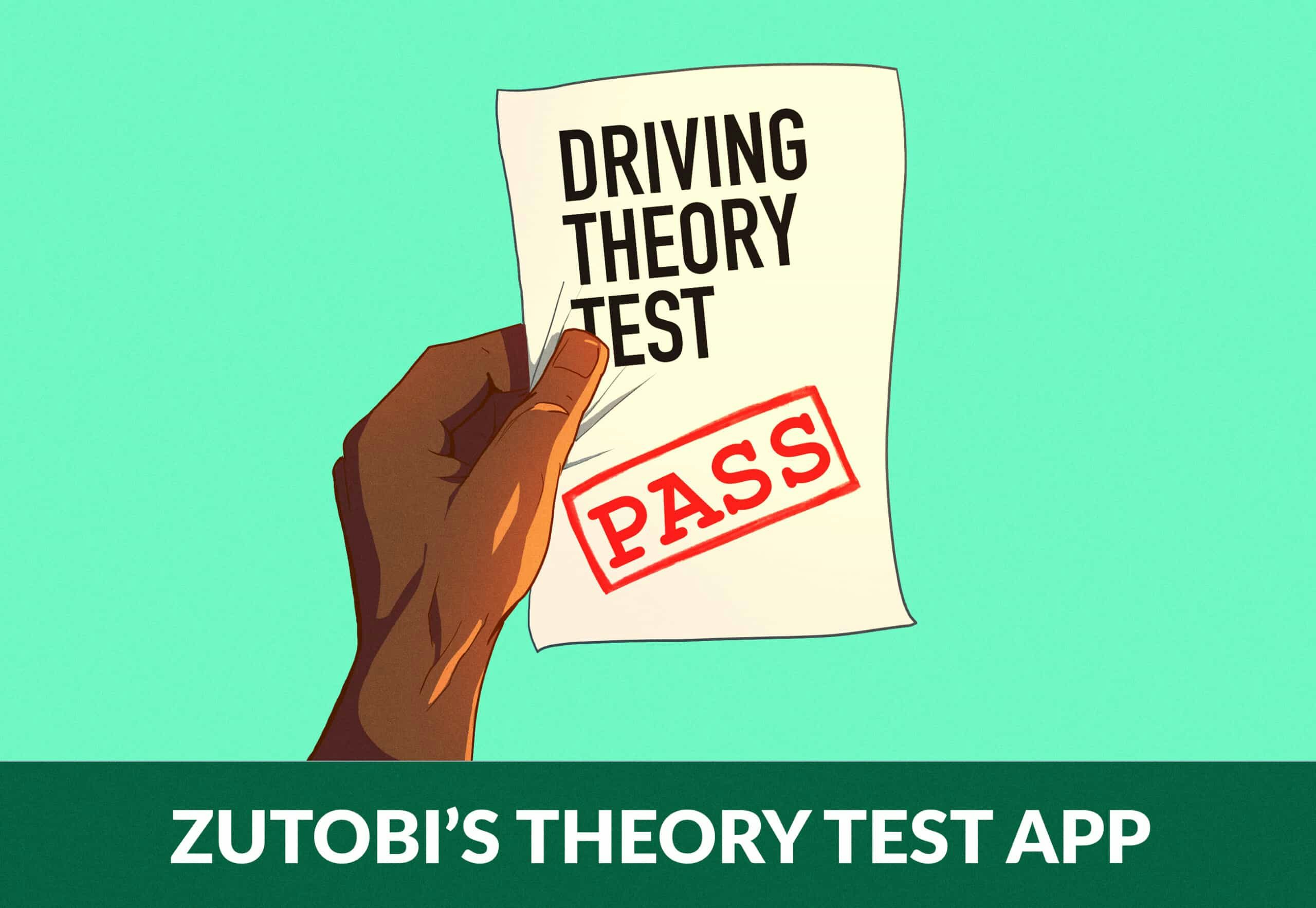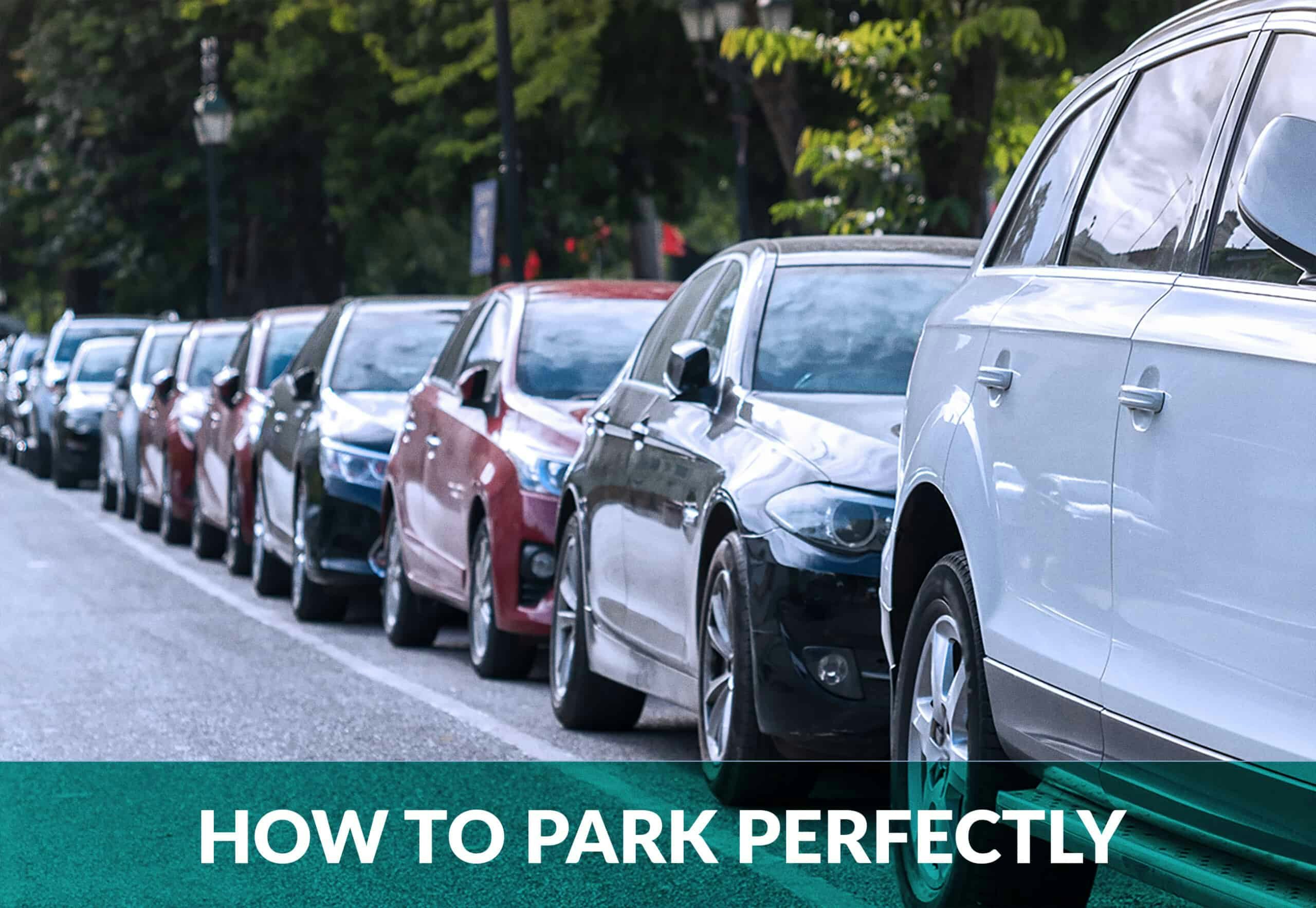
How to Parallel Park for Beginners: Step-by-Step Guide
For beginner drivers, parallel parking is one of the most difficult things to do. What makes parallel parking difficult at first is that it requires the driver to follow a strict approach to get the angles into the parking spot right.
Do You Have to Parallel Park on the Practical Driving Test?
In the United Kingdom, you may be tested on your reverse parallel parking skills during your official driving test. You will be asked to do one of the following: parallel park, park in a bay, or reverse.
Failure in the parking part of the test is often equal to an instant fail and it is considered to be one of the most difficult parts of the road test.
You’ll also find that it is an essential skill you must know as a car driver. Therefore, we’ll give you our best parallel parking tips below.
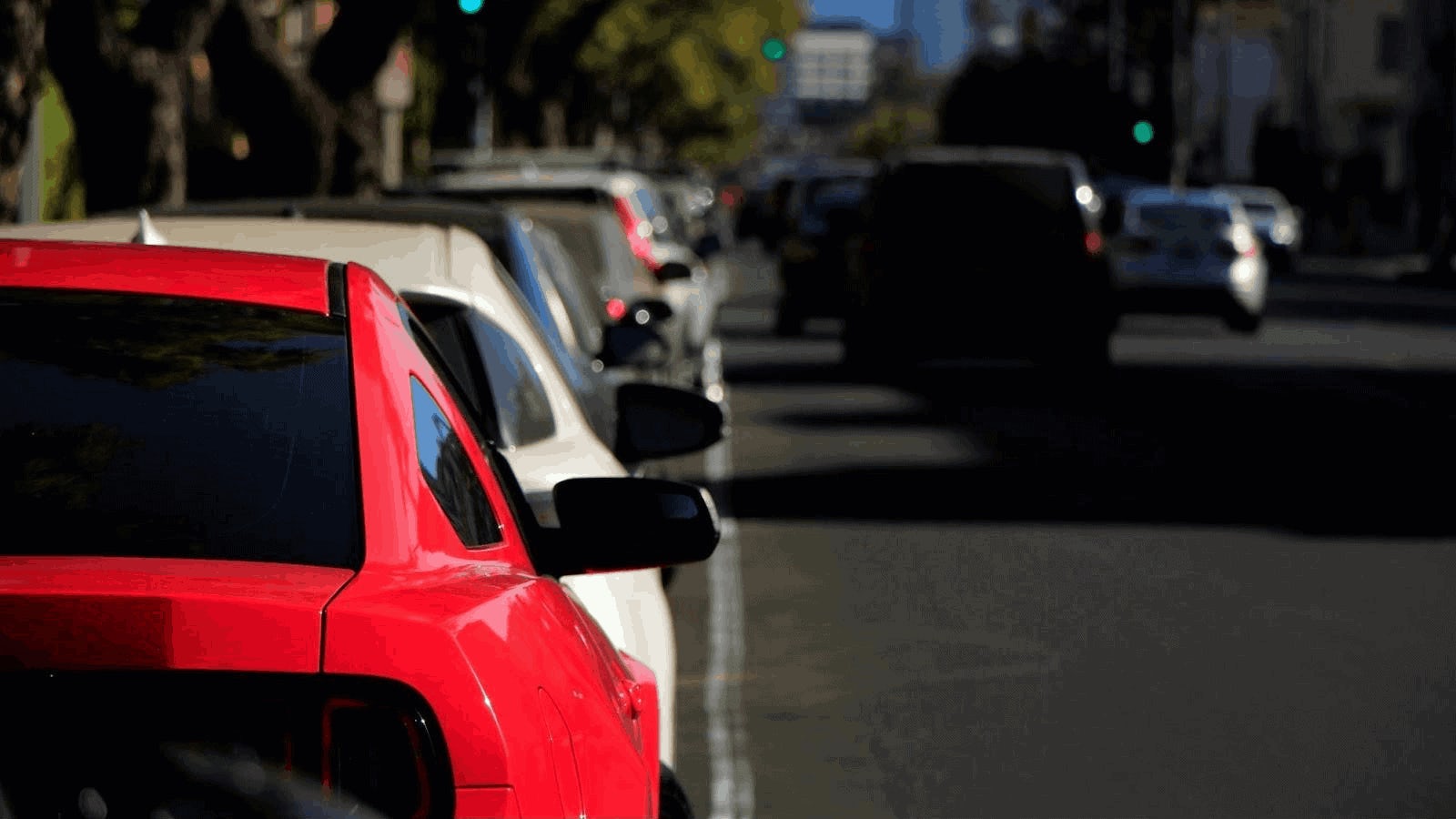
How to Reverse Parallel Park in 6 Easy Steps
- Find a large enough parking spot
- Place your car parallel to the car in front
- Turn the wheel fully to the left and begin to reverse
- Turn your wheels straight and reverse further
- Turn your wheels fully to the right and reverse into position
- Straighten your wheels and creep forward into position
Step #1 – Find a large enough parking spot

The first thing you need to do is find a large enough parking spot. The gap should be at least 1.5 times the length of your car for you to have enough room to safely perform the parallel parking manoeuvre. More experienced drivers may parallel park with even less space, while less experienced drivers may need a larger gap so they can get in and out.
Step #2 – Place your car parallel to the car in front
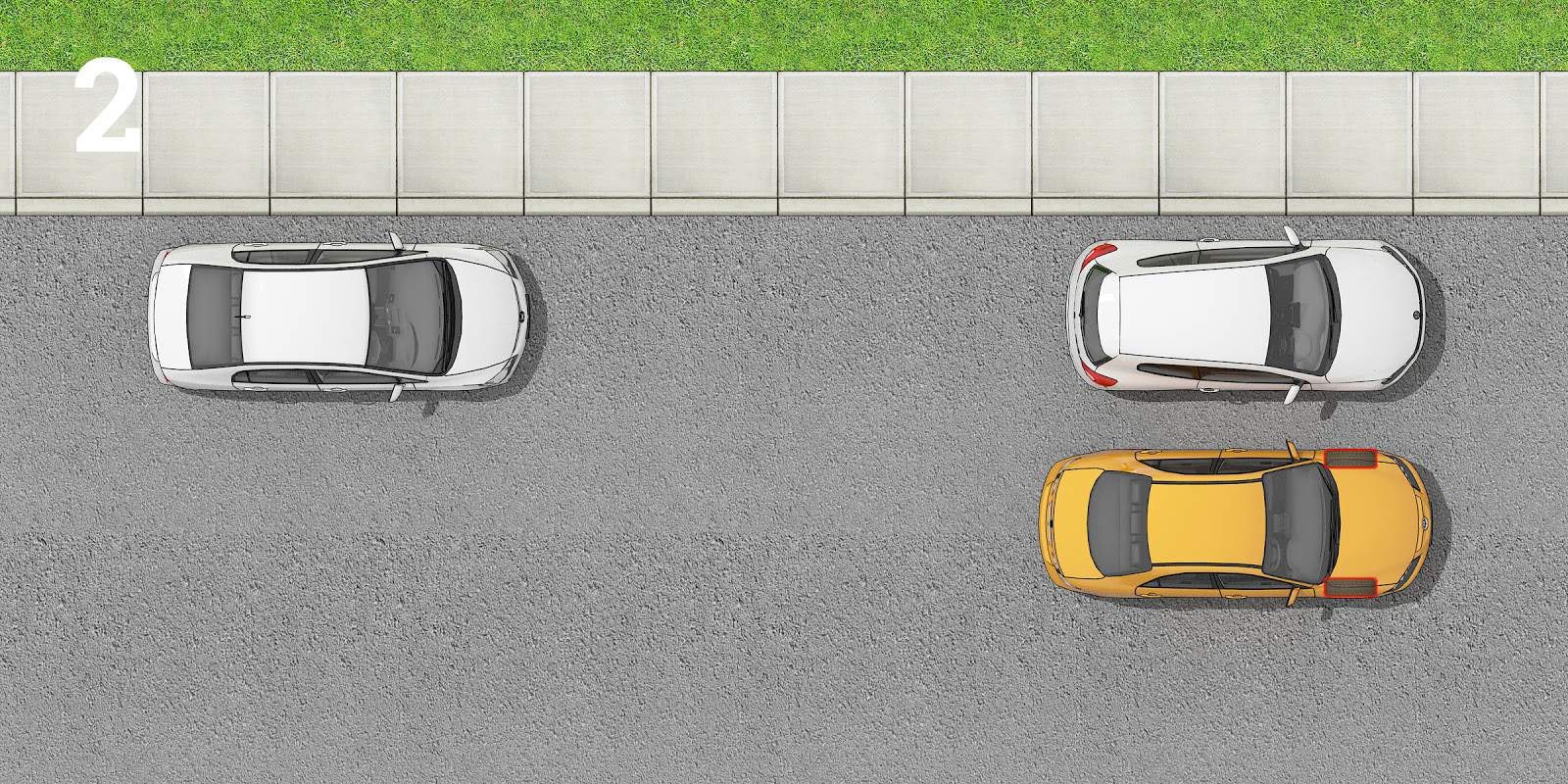
Align your left passenger side mirror with the driver’s side mirror of the car that you intend to park behind. You should be about 0.5m – 1m from the side of the parked car.
Step #3 – Turn the wheel fully to the left and begin to reverse
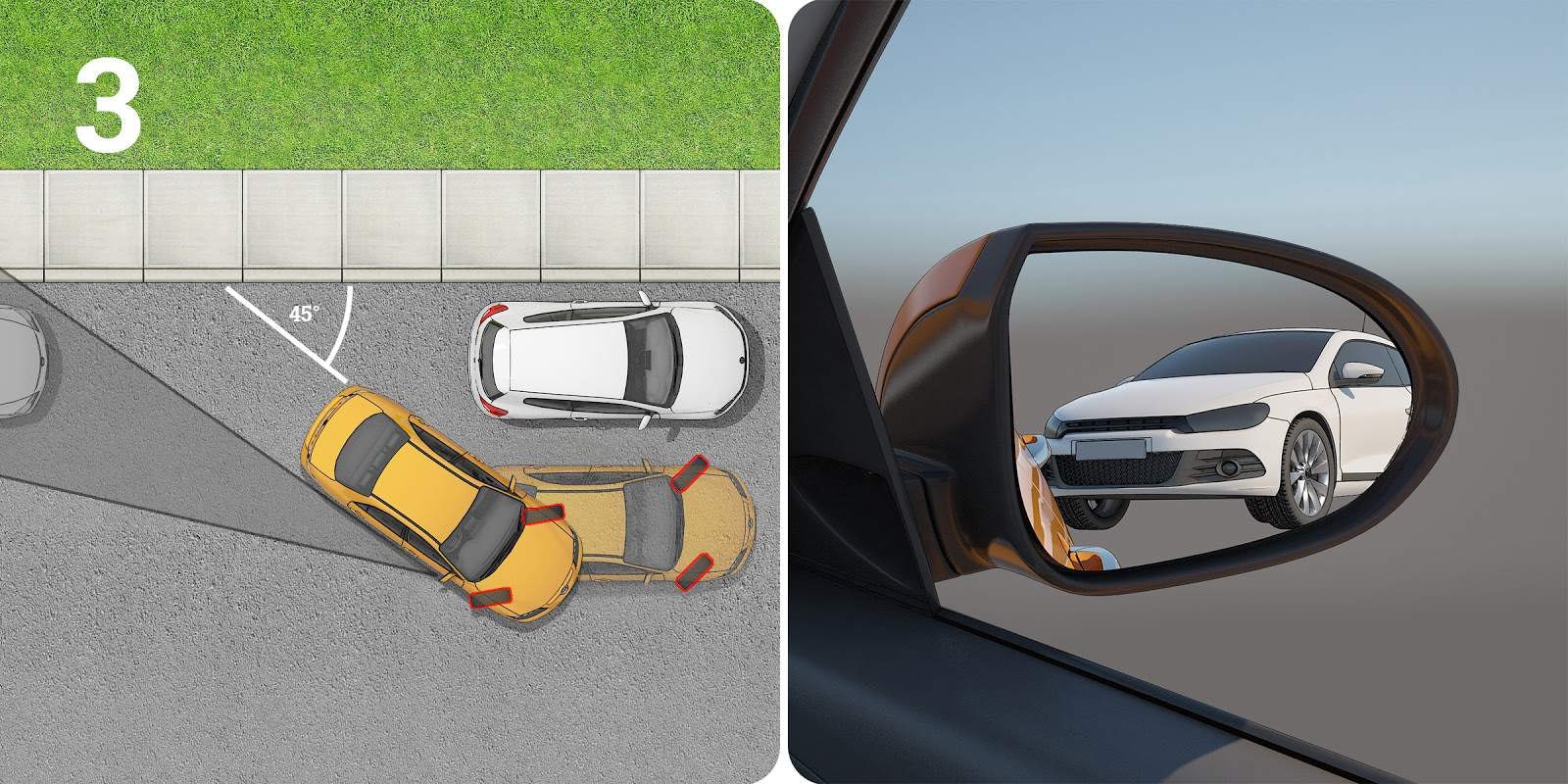
The next step is to turn the steering wheel fully to the left and slowly begin backing up. Stop once you can see the car behind you in your right side mirror. You should see the full front of the car (see illustration 3).
Step #4 – Turn your wheels straight and reverse further
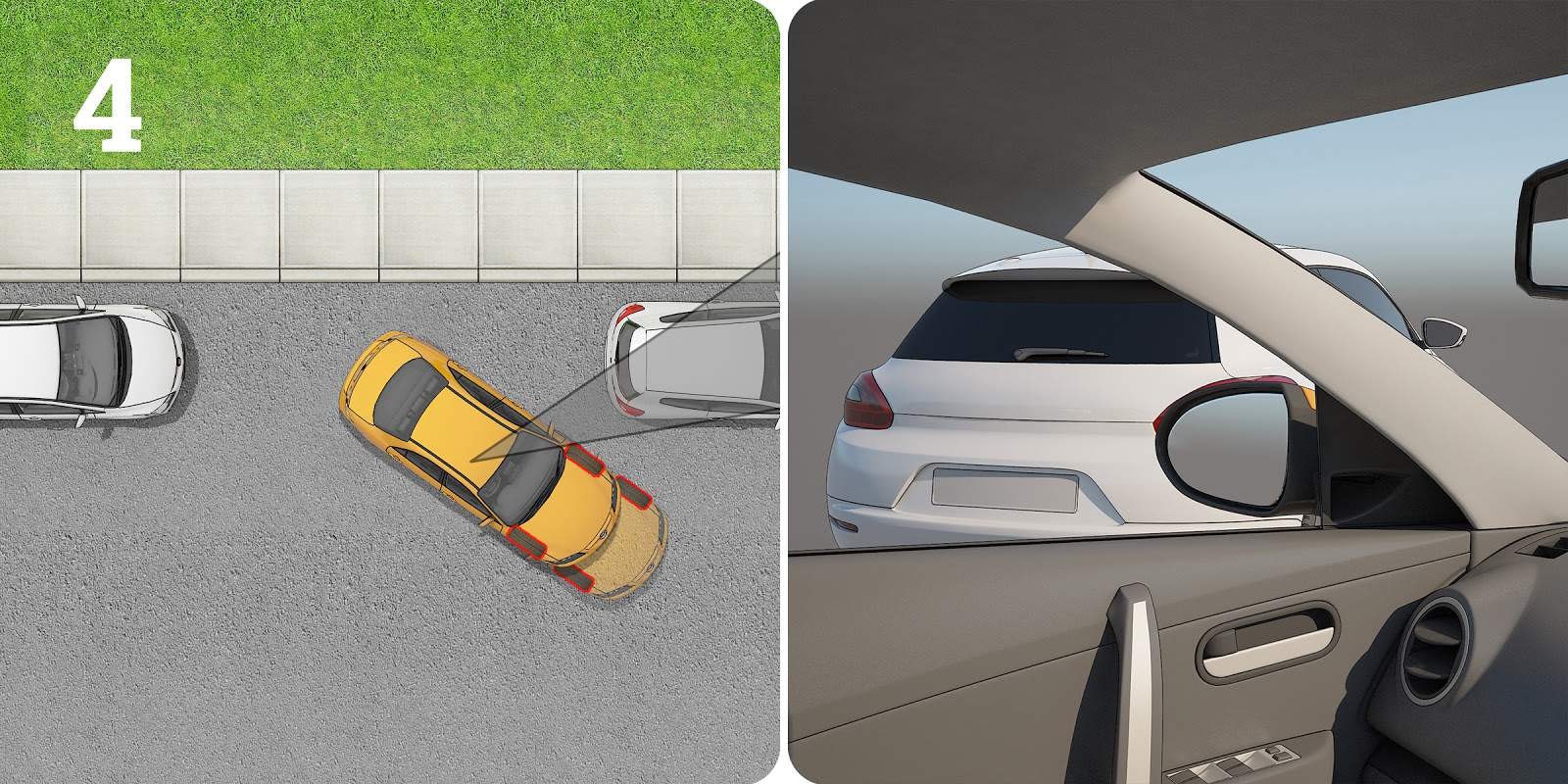
Once you can see the full front of the car in your right side mirror, you need to reverse straight to move closer to the kerb. Turn the wheels straight and reverse until your left side mirror covers the taillight of the vehicle in front (see illustration 4).
Step #5 – Turn your wheels fully to the right and reverse into position
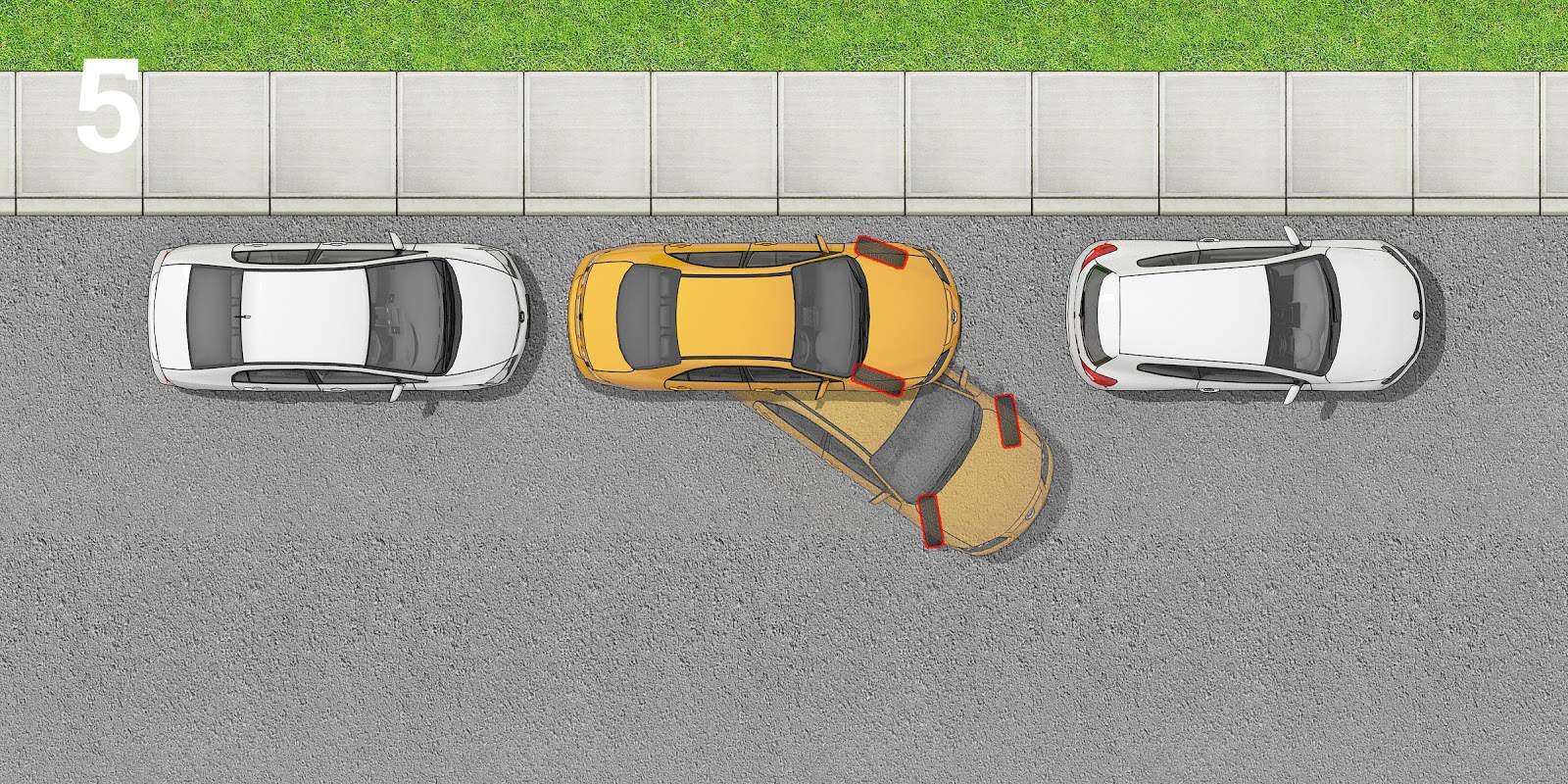
When your left side mirror covers the taillight of the vehicle in front, turn your wheels fully to the right and reverse carefully until you’re in position. You may need to adjust your position and drive forward or reverse until you are in a good spot between the two cars.
Step #6 – Straighten your wheels and creep forward into position
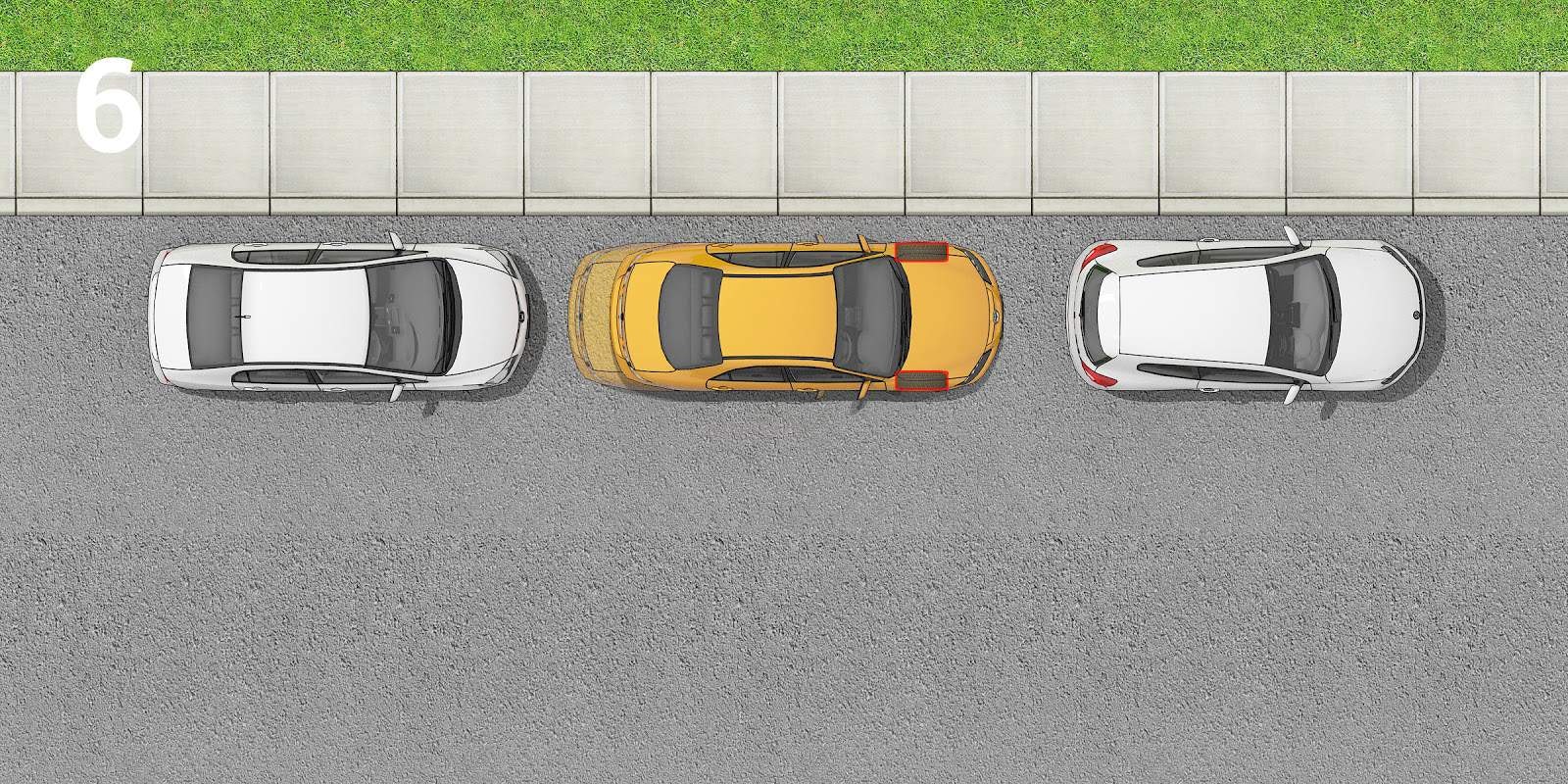
The last step is about straightening up into position. Straighten your wheels and if necessary creep forward to the correct position. If you are parked on a hill or sloping driveway, you want to turn your wheels in a direction that prevents your vehicle from moving into the path of traffic if the brakes fail.
How to Parallel Park with Cones
Our tip is to start practising parallel parking using two cones so you don’t damage other vehicles. Here’s how you do it:
- Find a street with little-to-no traffic
- Get two cones and place them about 4-5m apart to create an area the size of a real parking spot
- Practice until you get the gist of the manoeuvre and feel confident in your ability to parallel park. Then move on to real-life situations with real parking spots.
If you need to learn additional driving tips, go into the Zutobi Drivers Ed course to learn about driving rules in the United Kingdom. We cover everything in the Highway Code and offer questions licenced directly by DVSA.

550+ exam-like questions
All you need to ace your test
Free trial
Recommended articles
Ace your theory test, guaranteed
Want to Be the Top School in Your Area?
- Simple & automated admin
- More time for teaching
- #1 learning materials for students
